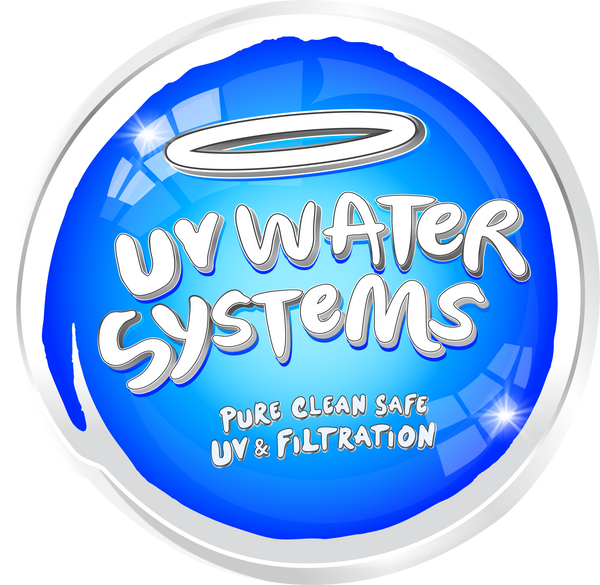Swimming pools serve as a refreshing escape during New Zealand's warm summers, yet the common practice of using chlorine in swimming pool water raises significant health concerns. While chlorination helps maintain pool hygiene, understanding its potential risks empowers swimmers to make informed decisions about their pool activities.
The Chemical Reality of Pool Chlorination
Chlorine in swimming pool water creates chemical reactions that extend beyond simple sanitization. When chlorine combines with organic matter such as sweat, hair, and skin cells, it forms compounds called chloramines. Many swimmers recognize the distinctive "pool smell," which actually indicates the presence of these chloramine compounds rather than pure chlorine.
Respiratory System Impact
Regular exposure to chlorinated pool environments can irritate the respiratory system. Competitive swimmers and pool staff face increased risks due to prolonged exposure to chlorine vapours.
The indoor pool environment particularly concentrates these chemicals, as limited ventilation traps chlorine gases above the water surface. People with asthma or other respiratory conditions may experience heightened sensitivity to chlorine in swimming pool water.
Skin and Eye Effects
The interaction between chlorine in swimming pool water and human skin disrupts the natural protective barrier. Swimming in chlorinated water strips away beneficial oils, leading to dry, itchy skin and potentially triggering conditions like eczema.
Eyes suffer similar irritation as chlorine breaks down the protective tear film. Regular swimmers often report red, burning eyes despite proper pool maintenance.
Unknown Dangers of Disinfection Byproducts
Beyond immediate irritation, chlorine in swimming pool water creates disinfection byproducts (DBPs) through its interaction with organic materials. Research conducted at various international universities highlights how these compounds may pose long-term health risks. DBPs can enter the body through skin absorption, inhalation, and accidental ingestion during swimming.
Impact on Children's Health
Young swimmers face unique vulnerabilities to chlorine in swimming pool water. Children's developing respiratory systems show greater sensitivity to chlorine exposure.
Swimming lessons, while essential for safety, expose young swimmers to chlorinated environments during crucial developmental stages. Parents must balance the benefits of swimming instruction with mindful consideration of chlorine exposure.
Professional Athletes and Prolonged Exposure
Competitive swimmers training in New Zealand facilities spend substantial time in chlorinated environments. Chlorine in swimming pool water affects their respiratory health and athletic performance. Many professional swimming facilities now explore alternative sanitization methods to protect their athletes while maintaining water safety standards.
Safer Swimming Practices
Swimmers can take practical steps to minimize chlorine exposure while enjoying pool activities. Showering before entering reduces the organic matter that combines with chlorine. Using swim goggles protects eyes from direct contact with chlorine in swimming pool water. Proper pool ventilation, especially in indoor facilities, helps disperse chlorine gases.
Alternative Sanitization Methods
Modern pool technology offers alternatives to traditional chlorine in swimming pool water. Saltwater systems, UV treatment, and ozone generators provide effective sanitization with reduced chemical exposure. Many New Zealand pool facilities now implement combination approaches, maintaining water safety while minimizing chlorine usage.
Moving Forward with Pool Safety
Understanding the health impacts of chlorine in swimming pool water helps drive improvements in pool management. Pool operators must balance sanitization requirements with health considerations. Regular water quality monitoring, proper chemical handling, and maintaining optimal chlorine levels reduce potential health risks while ensuring safe swimming environments.


